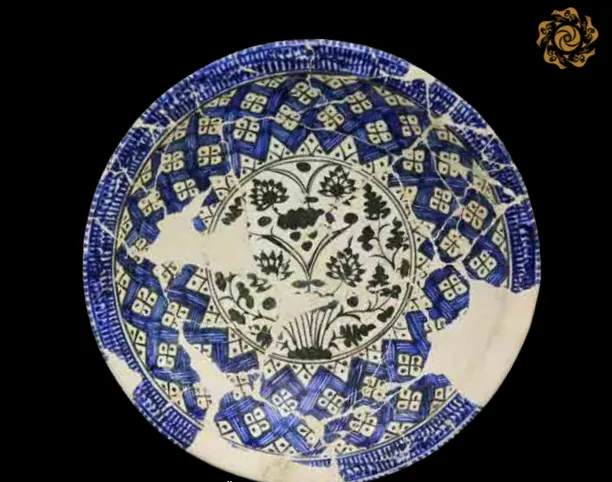During the Temurids' reign, ceramics experienced a real flourishing, combining local traditions with the influence of Chinese art. In the 14th-15th centuries, Samarkand craftsmen began to create porcelain-like ceramics, which, despite the lack of secrets for producing real porcelain, achieved impressive artistic results. Using local white clay - kashina, they developed unique products with bright, saturated colors and free ornaments.
Samarkand became the center of this art, where not only functional items were produced, but also real works of art. Craftsmen used cobalt to apply patterns on a snow-white background, which gave the ceramics a characteristic look. Patterns often included images of birds, flowers and mythological creatures, such as the fantastic phoenix, creating picturesque compositions.
Temurid ceramics differed from pre-Mongol ceramics not only in ornamentation, but also in color scheme and technological techniques. This art became an important export product, which was highly valued both in Central Asia and in Europe. Thus, Temurid ceramics became not only a reflection of local culture, but also part of the global artistic tradition of the time.
You can learn more about this topic in the book-album "Collection of the Samarkand State Museum-Reserve".

